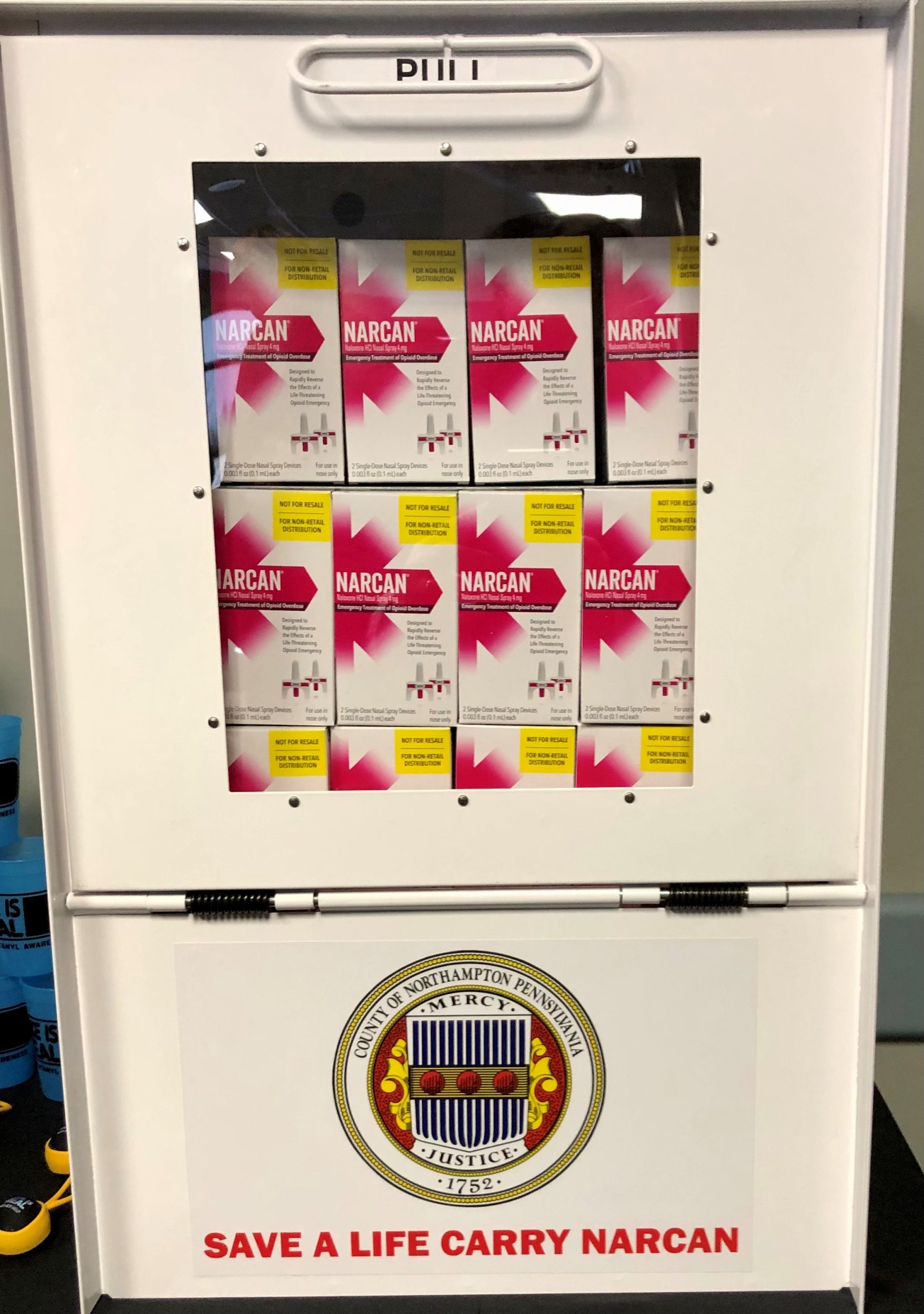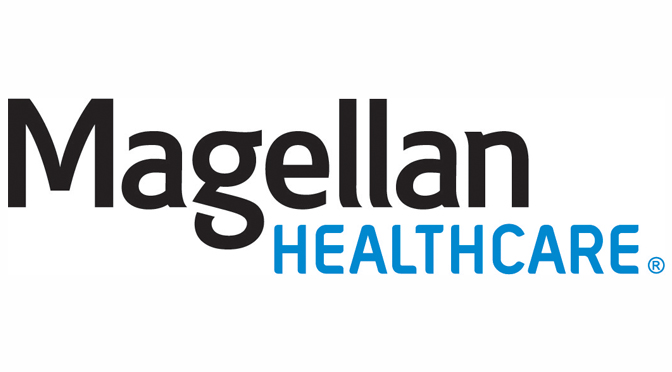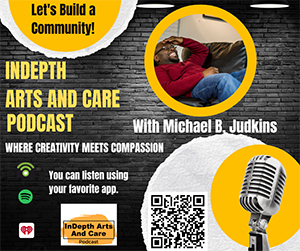Harm reduction in the Substance Use world can save lives
By: Anita Kelly, Clinical Contract Advisor, Magellan Behavioral Health of Pennsylvania
Harm reduction* is a practice so embedded into our everyday lives that many people regularly employ the techniques with very little thought. Common examples of harm reduction include:
- Using seatbelts and car seats to protect passengers while driving.
- Following speed limits to keep motorists safe on roads.
- Using condoms to prevent sexually transmitted diseases and unwanted pregnancies.
- Wearing helmets to mitigate or prevent head injuries.
Stigma isn’t associated with these harm reduction techniques. In fact, they are encouraged and sometimes mandated.
In contrast, harm reduction practices for substance use are met with reluctance and even resistance. Substance use itself faces significant stigma. With harm reduction not advocating for abstinence, it is no surprise that such practices are stigmatized as well. Instead, many communities erroneously view harm reduction as a means of enabling and perpetuating substance use behaviors.
Despite the success of harm reduction amid the opioid crisis, most Americans do not understand or support harm reduction practices for substance users.[1] Stigma and misinformation unfortunately persists despite successful techniques, such as:
- Needle exchange programs and safe consumption sites are harm reduction practices that help to save lives. Needle exchanges prevent communicable diseases and safe consumption sites have been shown to prevent overdoses.[2] These programs focus on safe practices versus advocating for abstinence. According to the Centers for Disease Control and Prevention (CDC), participants in syringe exchange programs are five times more likely to enter drug treatment programs. They’re 3.5 times more likely to stop injecting drugs. Research also shows that more than 90 percent of syringes distributed are returned.[3]
- Supplying communities with naloxone, a drug that can temporarily reverse the effects of overdoses from opioids such as heroin and oxycodone. Naloxone comes in several forms, including a nasal spray able to reverse a lethal dose of an opioid.** Studies have shown that communities supporting naloxone distribution may experience up to a 46 percent reduction in opioid overdose mortality.[4]
- Bad batch alerts, notifying the community of the presence of a lethal batch of drugs that has been responsible for an increase in fatal overdoses. If the alerts identify markers of the drug and suppliers, they may let users know which drugs to avoid.
If these practices and techniques save lives, why is there so much opposition to them? They are proven to work and save lives. Is judgment passed too quickly about the character of individuals who have an addiction to substances? Individuals should have no concern about going to a safe consumption site if it helps them remain alive and lessen the harm of substance use.
It is important to ask these questions because people with substance use disorders are our relatives, friends, significant others, and colleagues. Let’s help keep them alive by supporting the harm reduction efforts in our communities.
**Narcan dispensers like the picture below are available across Northampton County.

- *Harm reduction is a set of practical strategies designed to reduce negative consequences of risk behaviors, including substance use and sexual behaviors, and promote healthy behaviors. – CDC
https://journalofethics.ama-assn.org/article/ethical-imperatives-overcome-stigma-against-people-substance-use-disorders/2020-08 ↑
- https://www.cdc.gov/ssp/syringe-services-programs-factsheet.html ↑
- https://www.cdc.gov/ssp/syringe-services-programs-summary.html ↑
- https://www.samhsa.gov/sites/default/files/harm-reduction-framework.pdf ↑
Information provided to TVL by:
Aubrey Proud



